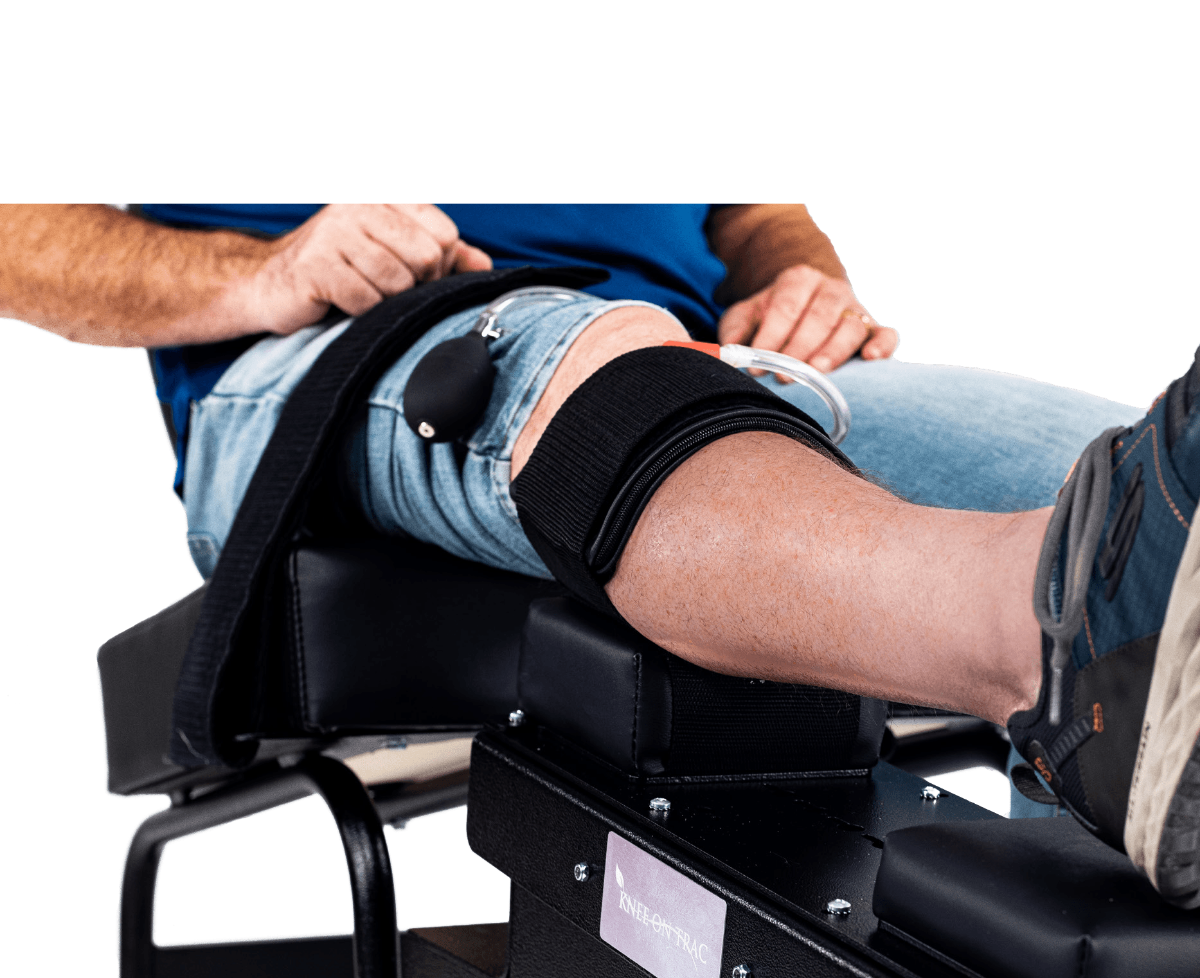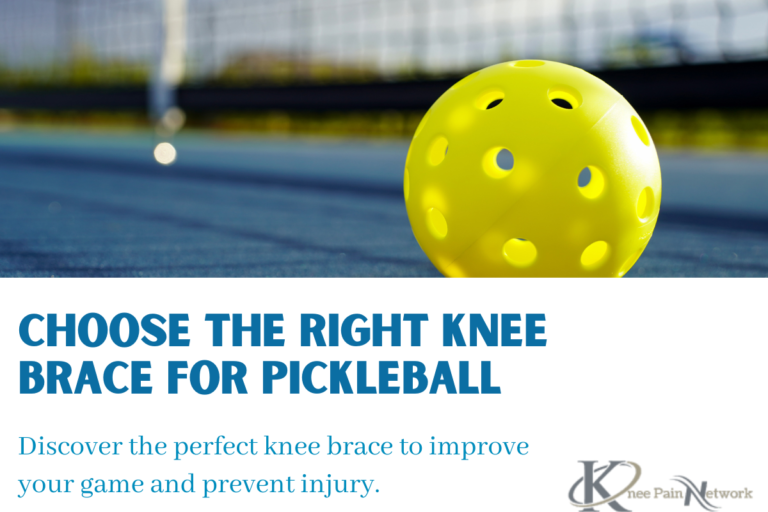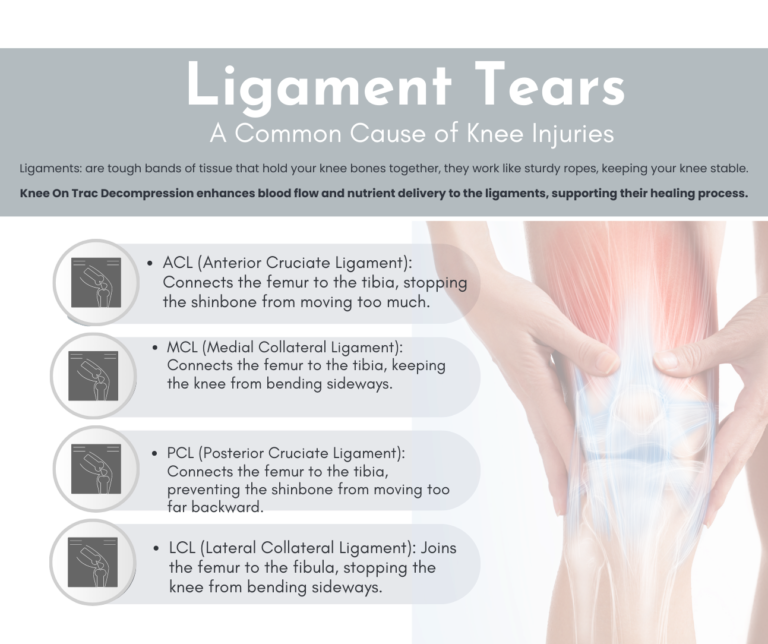Have You Heard of Knee Decompression? Knee pain is a common ailment that affects millions of people worldwide. It can be caused by various factors, such as age-related wear and tear, injury, arthritis, or excessive strain on the joint. For those who suffer from chronic knee pain, finding effective relief is crucial to regain mobility and improve overall quality of life. One potential solution that has gained traction in recent years is knee decompression. In this article, we will delve into the details of knee decompression, exploring its benefits, procedure, and its effectiveness in alleviating knee pain.
What is Knee Decompression?
Knee decompression, also known as knee traction or knee distraction, is a non-surgical treatment approach aimed at reducing pain and improving joint function. It involves the application of gentle traction force to the knee joint, which helps to create space between the bones and alleviate pressure on the affected area. This technique is effectively used to treat conditions such as osteoarthritis, meniscus tears, ligament strains, and patellofemoral pain syndrome.
How Does Knee On Trac Knee Decompression Work?
During a knee decompression session, the patient is typically positioned on a specialized chair, table, or device that allows controlled traction to be applied to the knee joint. The traction force can be manually adjusted by a healthcare professional to suit the individual’s needs. As the traction force is applied, it stretches the joint, creating a separation between the bones and allowing the joint structures to decompress. This process helps to improve blood flow, reduce inflammation, and stimulate the body’s natural healing mechanisms.
What are the Benefits of Knee Decompression?
Pain Relief: Knee decompression provides effective pain relief by reducing pressure on the joint and relieving strain on the surrounding tissues. This can significantly alleviate discomfort and improve the individual’s ability to perform daily activities.
Improved Joint Function: By creating space within the joint, knee decompression can enhance joint mobility and range of motion. This allows individuals to regain flexibility and perform movements that were previously challenging or painful.
Non-Invasive and Non-Pharmacological: Knee decompression is a non-surgical and drug-free treatment option, making it an attractive choice for those seeking alternative methods to manage their knee pain. It is generally well-tolerated and associated with minimal risks or side effects.
Complementary to Other Therapies: Knee decompression can be used in conjunction with other conservative treatments such as physical therapy, exercise, and lifestyle modifications. It can enhance the effectiveness of these therapies by optimizing joint function and reducing pain.
Effectiveness and Considerations:
While knee decompression has shown promising results in many cases, its effectiveness may vary depending on the underlying condition and individual factors. It is essential to consult with a qualified healthcare professional, such as an orthopedic specialist or physical therapist, to determine if knee decompression is a suitable treatment option for your specific needs.
Knee decompression offers a non-surgical and drug-free approach to alleviate knee pain and improve joint function. By creating space within the joint, it provides effective relief for individuals suffering from conditions such as osteoarthritis, meniscus tears, and ligament strains. However, it is important to consult with a healthcare professional to determine the appropriateness of knee decompression for your specific condition. Find a qualified Knee Pain Expert who offers Knee Decompression with Knee on Trac Here!






